Case Number : Case 1127 - 17th October Posted By: Guest
Please read the clinical history and view the images by clicking on them before you proffer your diagnosis.
Submitted Date :
M60. Side of nose. 8/52 steady growth, keratotic centre. No sign of regression yet. ?SCC, ?KA
Case Posted by Dr Richard Carr
Case Posted by Dr Richard Carr


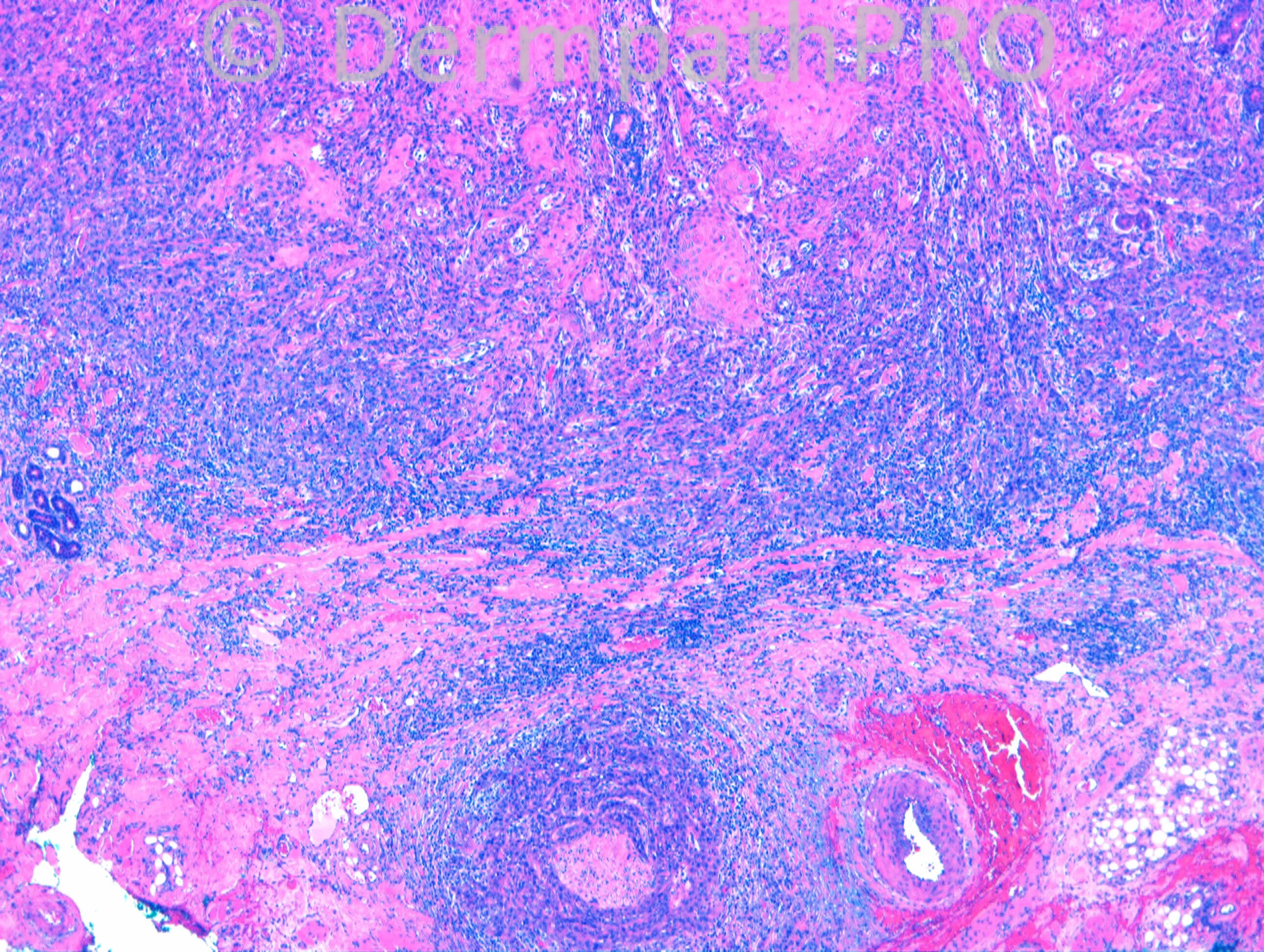
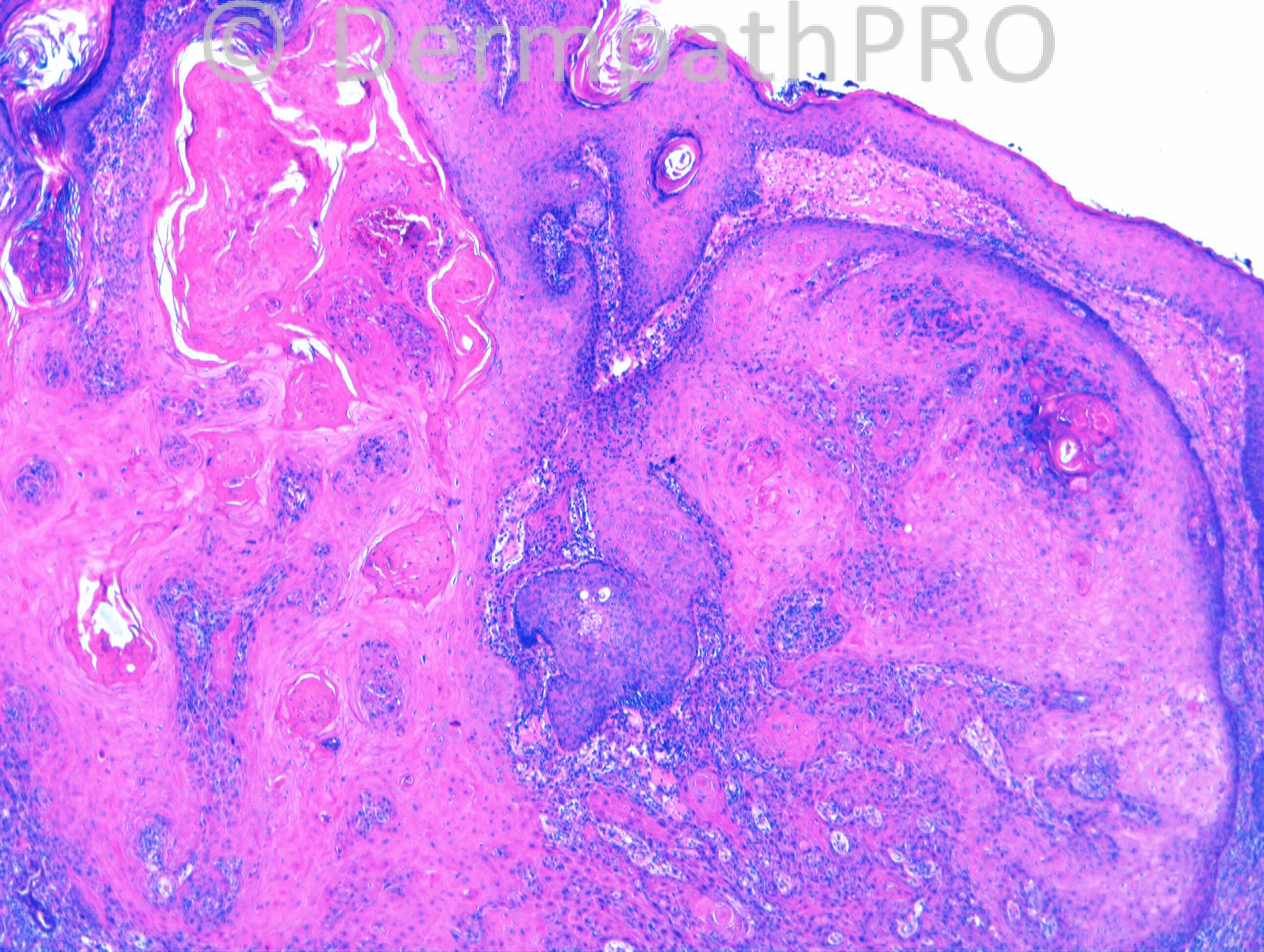
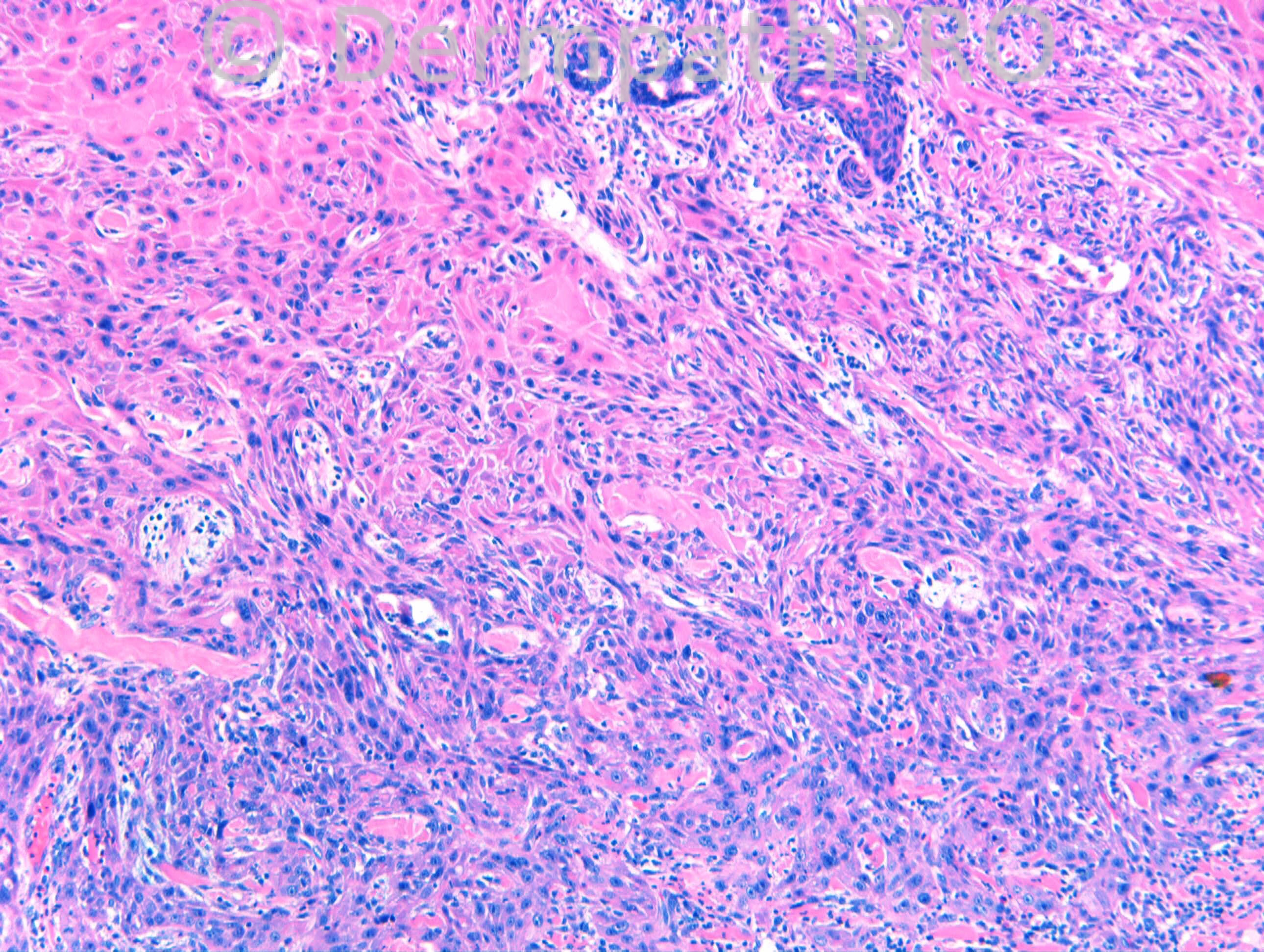

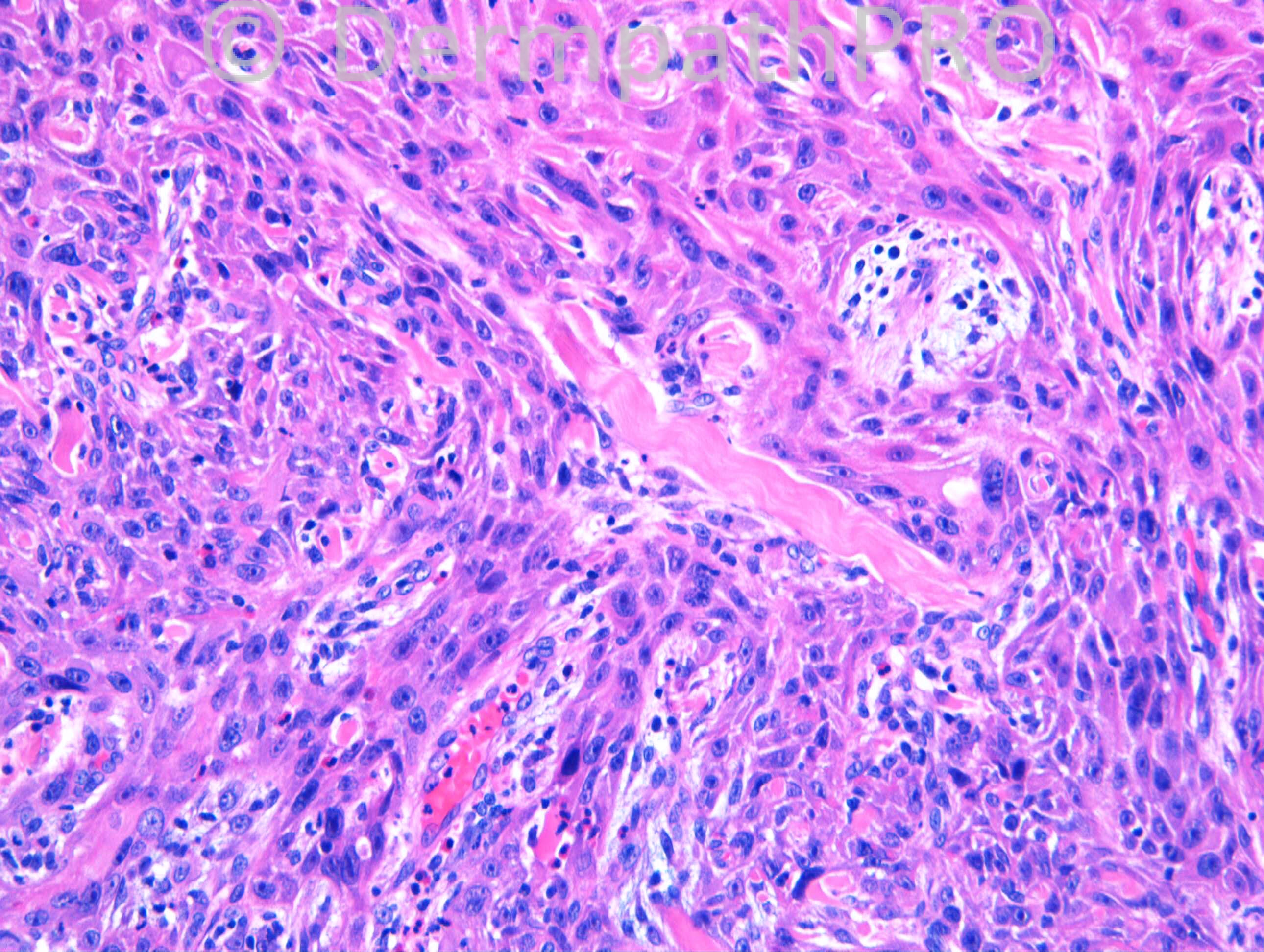
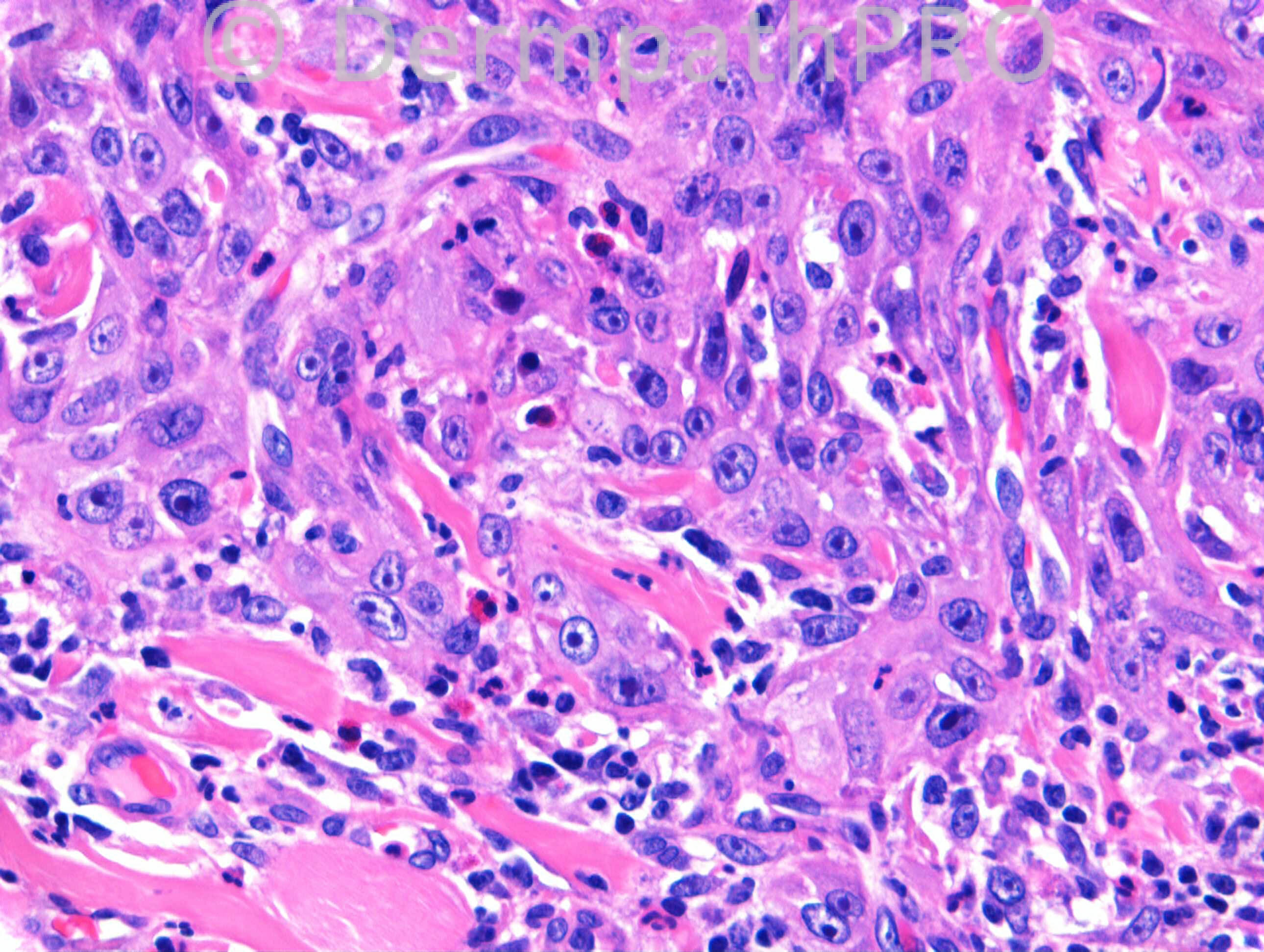
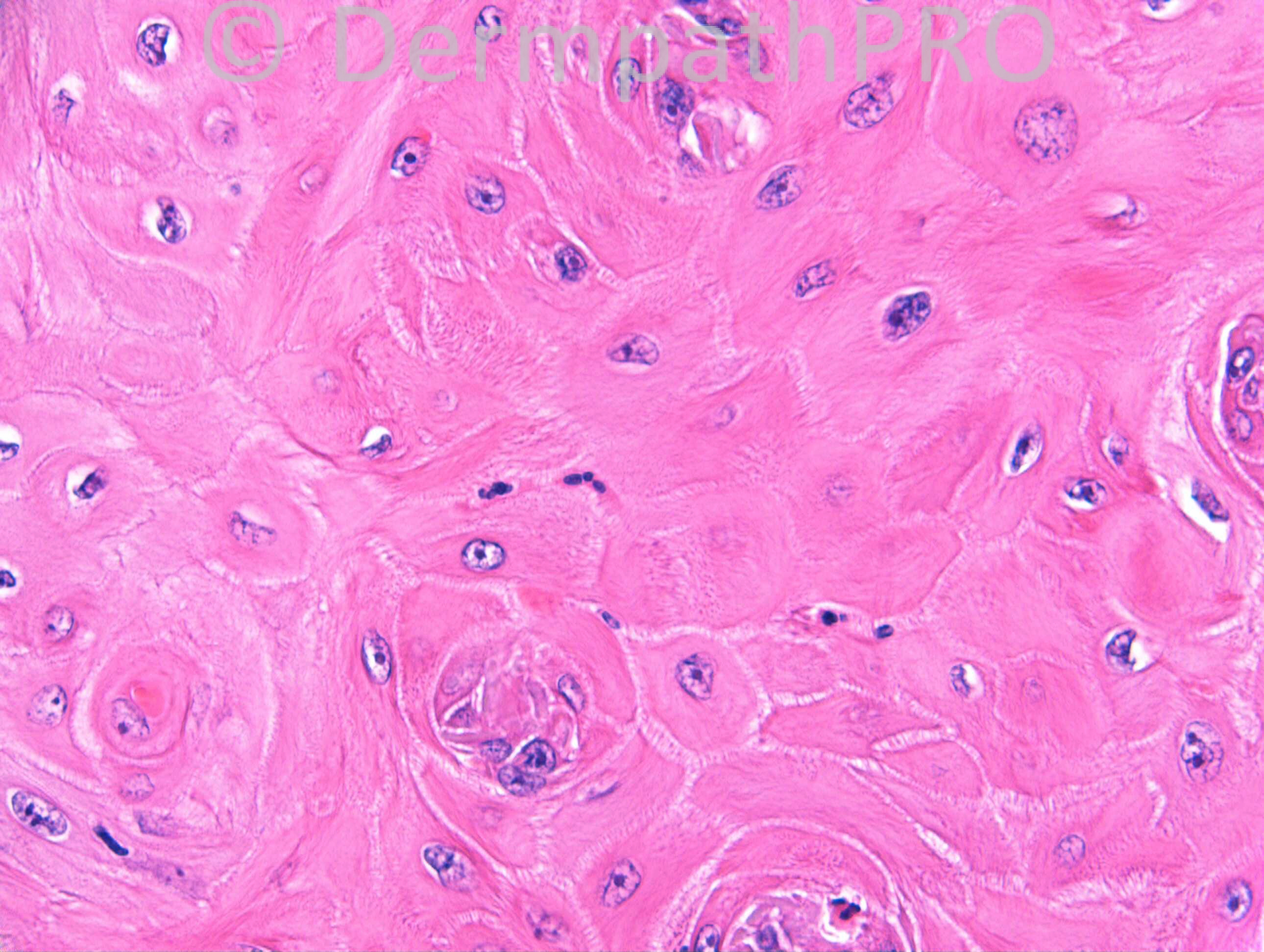
Join the conversation
You can post now and register later. If you have an account, sign in now to post with your account.